Disclosure: We may get commissions for purchases made through links in this post.
After pouring your concrete, the next step in floor finishing is determining the type of finish you want. When choosing between sealants and polishes, a common question most people ask is whether polished concrete is sealed. If you're looking for an answer to this question, we have asked masonry experts, and here's what they had to say.
Polished concrete isn't necessarily sealed as the two types of floor finishing are made from different materials. Polished concrete is achieved using abrasives glazed with tiny pieces of diamond. Sealed concrete is achieved using a sealant of your choice. A concrete floor can be polished without being sealed, but sealants may be added in polishing for extra protection.
Sealed and polished concrete are often used interchangeably, and it's understandable that the two terms might be confusing. Keep reading as we explain the difference between the two types of floor finishing, including the pros and cons of each.
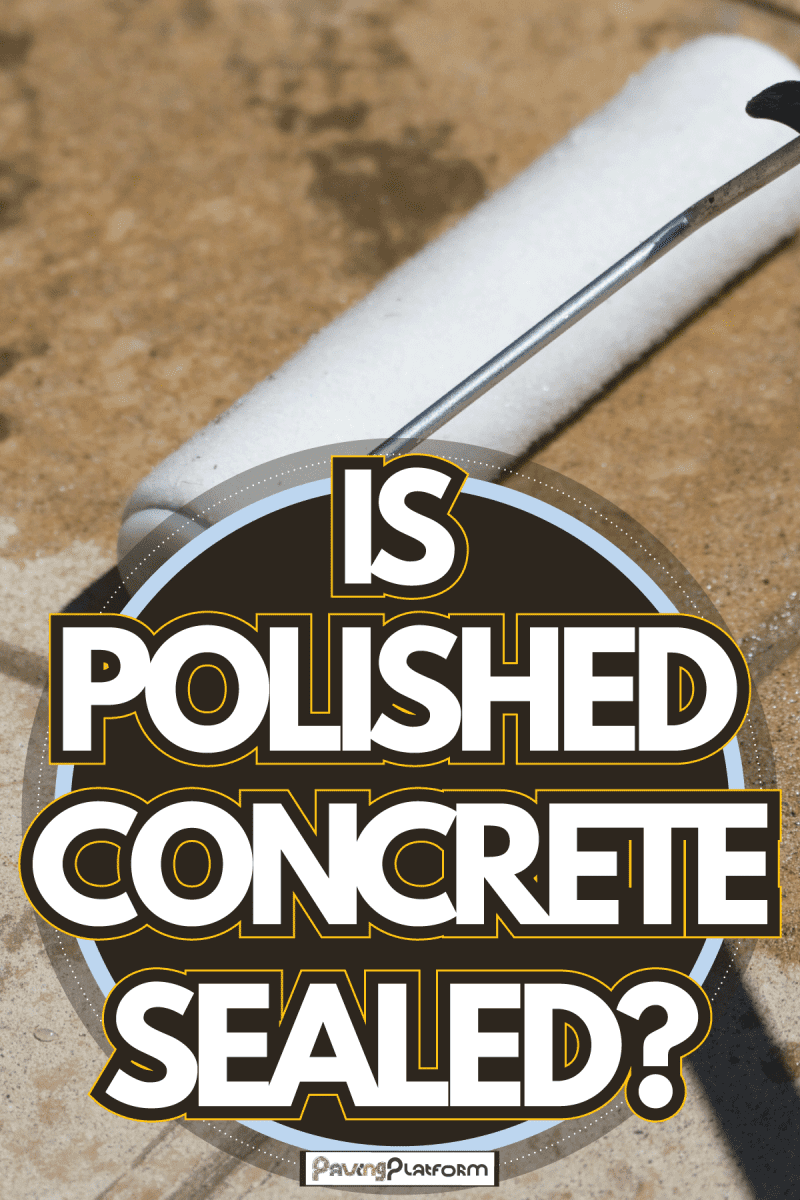
Difference Between Polished and Sealed Concrete
Concrete is a common flooring material used in homes. It is available in sheets, tiles, pavers, and other shapes. It is also durable, easy to clean, and gives a distinctive look to the home. Y
ou can apply different finishes to your concrete to give it a different look. Some popular finishes are sealed with epoxy or polished with wax or oil. But what is polished concrete, and how does it differ from sealed concrete?
The difference between sealed and polished concrete is that the former is done by using a sealant, while the latter is by using polishing materials.
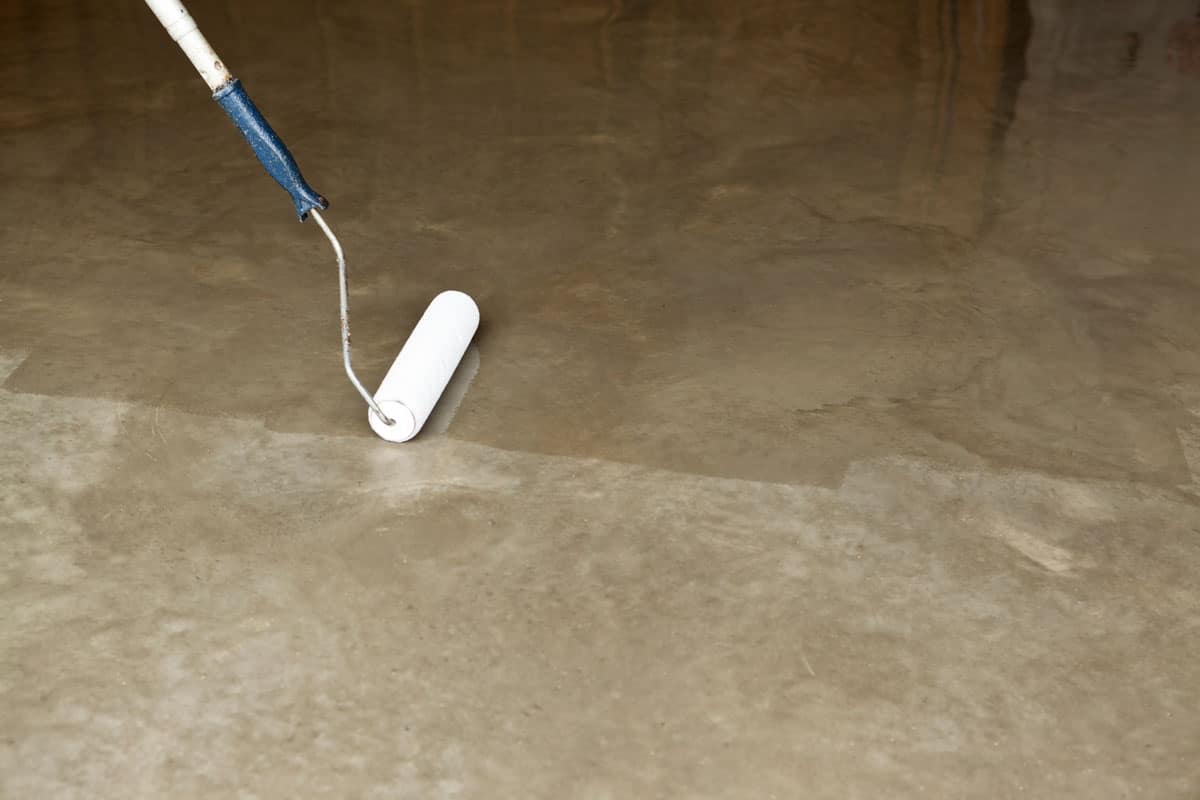
Polished concrete has an outer layer of fine particles that protect against stains and damage from moisture and chemicals. Polishing gives you a floor with a shiny and almost reflective surface, depending on the level of polishing you want.
Do You Need To Seal Polished Concrete?
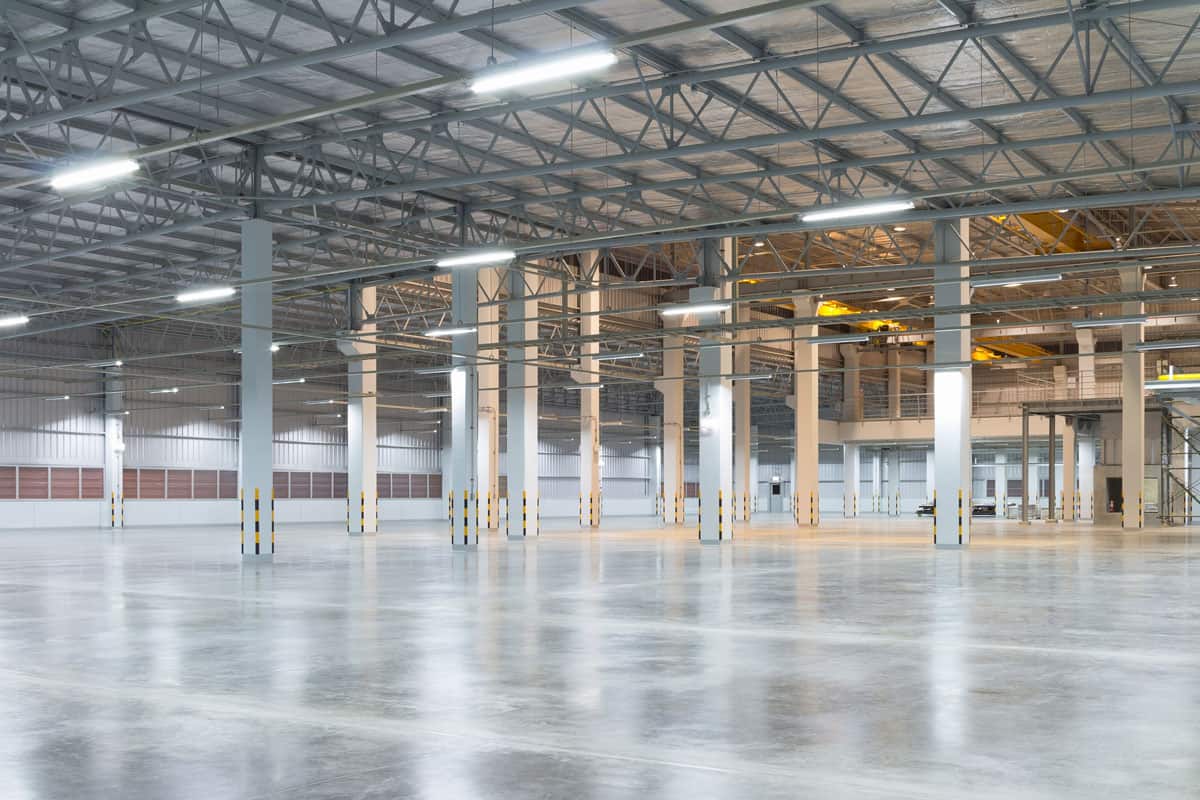
Polished concrete is a beautiful addition to any home or business area. However, it can also have some issues, such as discoloration and staining.
Sealing your polished concrete will help protect its appearance and ensure that it lasts a long time. It's also a great way to prevent mold and mildew from growing on the concrete's surface.
Polished Concrete
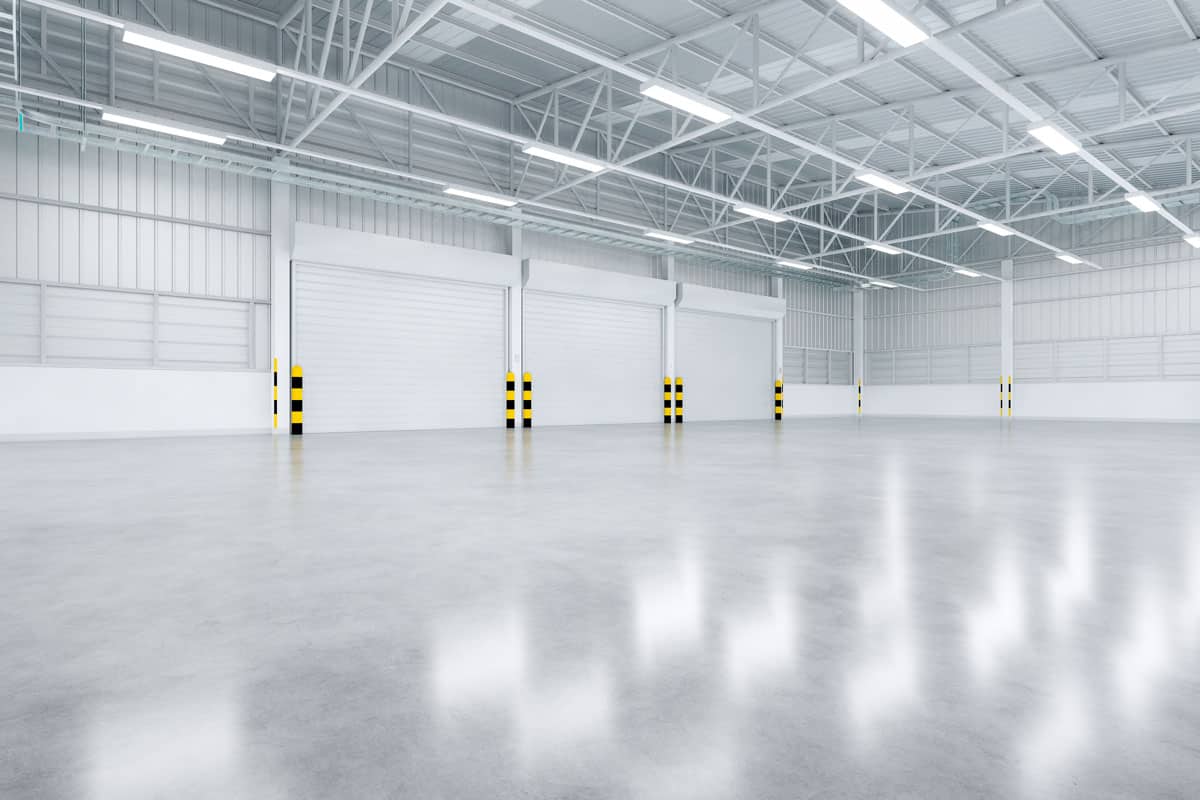
Polished concrete is a type of concrete that has been given a smooth or glossy finish. The process of polishing involves using a grinding wheel to achieve the desired texture.
Polished concrete is used in many applications, including flooring, countertops, and walls. It is also widely used in buildings and structures because it looks like marble or granite.
Procedures For Polishing Concrete
Shaving The Concrete
The first step in polishing a concrete surface is to remove any bumps or lumps on the surface. This is done by using a diamond grit machine that shaves off any large lumps and bumps from the surface of the freshly poured cement mixture.
Shaving makes it smoother for subsequent polishing to adhere easily. The goal is to remove the top layer of concrete, which can be rough and bumpy, without damaging the rest of the concrete underneath.
Close Off Concrete Pores
Shaving with lower grit tools only works for small bumps and layers in the concrete. To close bigger holes, you would need grit of about 80 - 400 grit size. Higher grit sanding tools have increased their use over the past few decades. This new technology has made it easier for contractors to create smooth surfaces and provide a better finish.
Polishing concrete is an essential part of the construction, but it can be challenging to achieve perfect results without using high-grit sanding tools. The higher the grit level, the larger the pores on a concrete surface can be filled.
Densification
Densification is adding a mixture of lithium silicate with concrete leading to the formation of calcium silicate hydrate. This is sprayed on the concrete using a densifier, after which the liquid is absorbed by the concrete in a short time. Densification gives the concrete a thicker color and also hardens the floor.
Final Glossing
Glossy refers to how shiny your concrete is. Follow the proper polishing steps without missing any procedures to ensure a glossy concrete finish. A perfectly glossy surface reflects light, making it appear shiny.
It is created by the surface's smoothness and lack of defects. To achieve a glossy look on concrete, you need to use a high-gloss polish after applying the concrete coating. The gloss level can be calculated by a device known as the "gloss meter."
Pros and Cons of Polished Concrete
Pros
- Polished concrete looks and feels great. It can be used on both indoor and outdoor surfaces.
- Polished concrete has low maintenance costs because it does not absorb moisture or require frequent cleaning as some other materials do.
- Polished concrete offers long-lasting durability because it has a high resistance to cracking or chipping. This means that it will not need frequent replacements.
- Materials used for polishing are environmentally friendly because they are non-toxic.
Cons
- It can be expensive to install polished concrete, especially if you need to polish large areas
- Installing polished concrete requires specialized skills.
Sealed Concrete
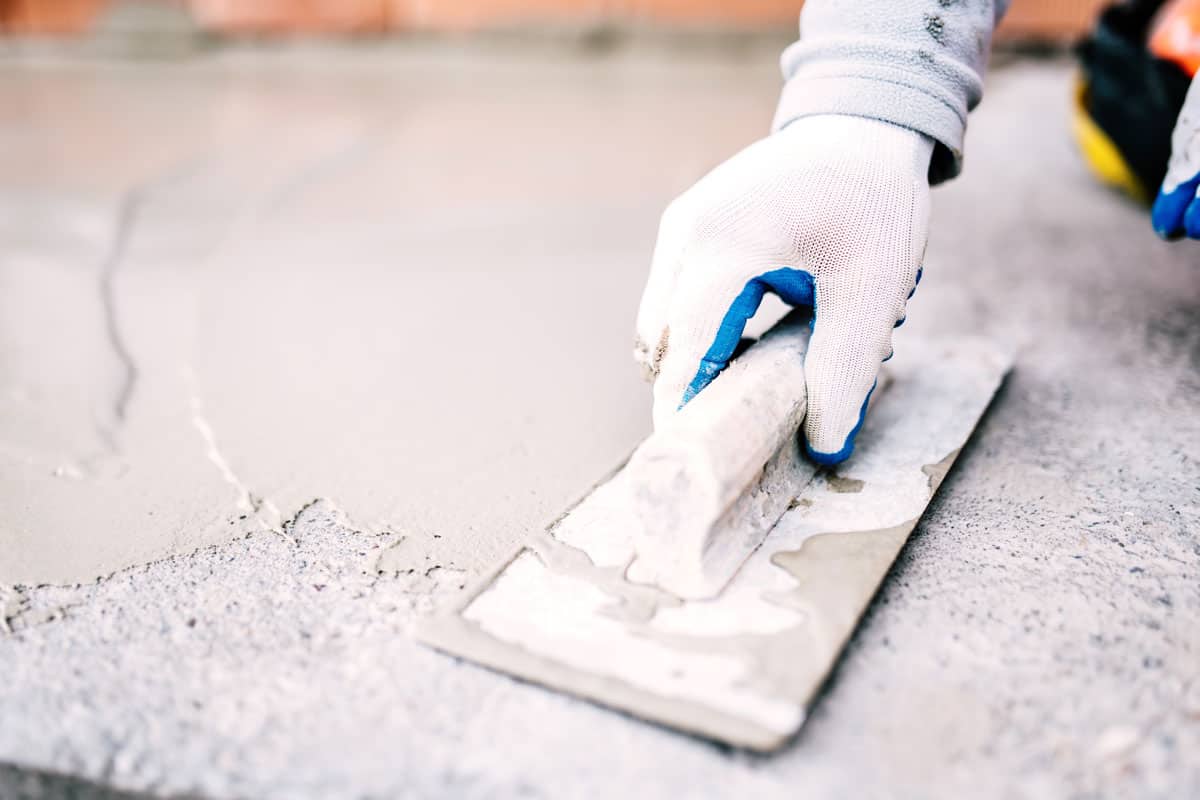
Sealing concrete is the process of coating a surface with a liquid sealer. This helps protect the surface from moisture, stains, and damage.
Sealing is a necessary part of any concrete construction project. The process starts by applying a sealer over the bare concrete before it gets covered with other materials.
Procedures For Sealing Concrete
Cleaning and Drying
Cleaning and drying concrete is one of the first steps in sealing it. Concrete must be clean to ensure proper sealing and longevity. Otherwise, the sealant will not adhere to the concrete surface and will peel off easily.
The first step in cleaning a concrete surface is to remove any dirt or debris on the surface. If there are still particles on the surface, they should be removed with a wet-dry vacuum cleaner or a high-pressure washer.
See this high-pressure washer on Amazon.
Applying Sealer
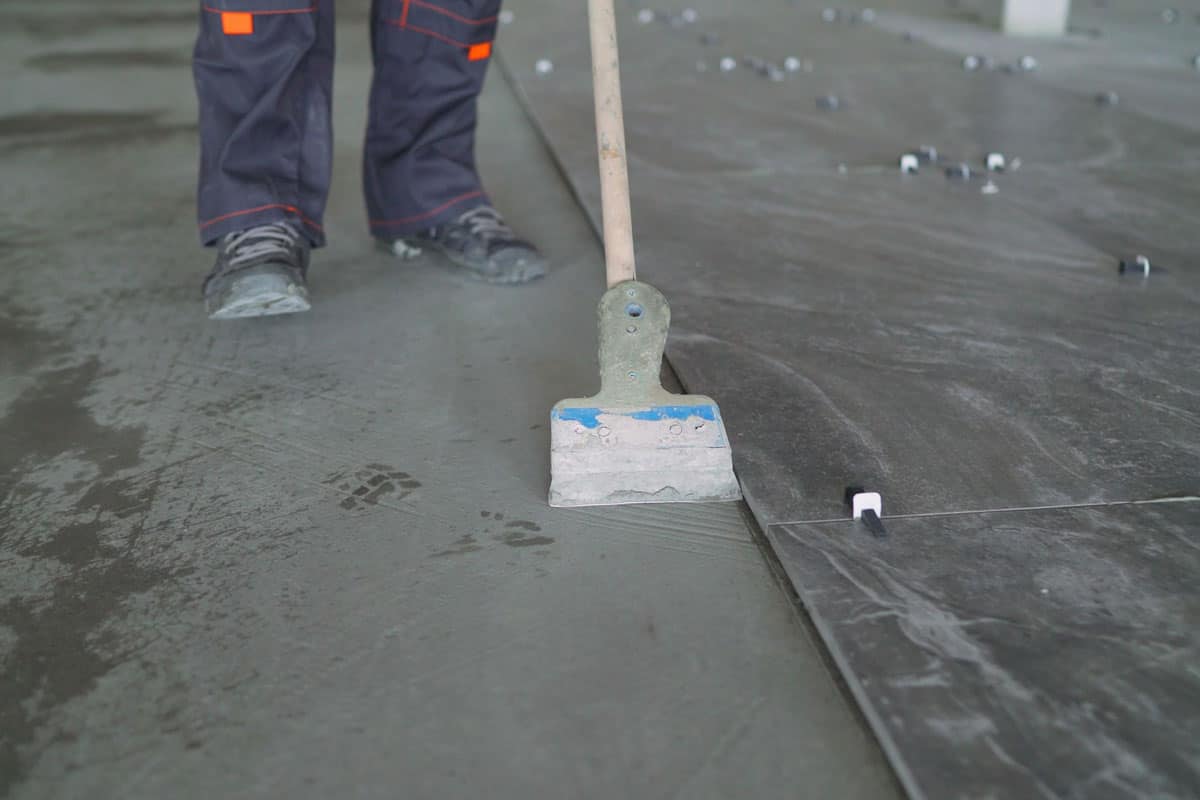
The most commonly used sealer for concrete is the acrylic sealer, which is a thin, liquid polymer that fills the pores of the concrete surface. Sealers provide an extra layer of protection against water, chemicals, and other substances as it reduces the surface tension of water. This protects the surface against future damage and prevents it from absorbing liquid.
To apply the sealer, spread it onto the concrete with a brush, and then it begins to dry. The sealer will harden in about an hour.
Types of Concrete Sealants
Acrylics
Acrylic concrete sealers are a type of liquid coating used to seal the surface of the concrete. There are multiple types of acrylics available in the market, each with different properties.
See this acrylic concrete sealer on Amazon.
Acrylics are available in both solvent- and water-based formulations, which can be applied by brushing or spraying. Although they share many similarities in their application process, they have different chemical properties that make them suitable for different types of substrates.
Brush acrylics have a higher viscosity than spray acrylics, making them easier to apply. They also have a lower toxicity level and can be used on surfaces that are sensitive to paint fumes.
There are two types of solvent-based acrylics: alkyd and polyurethane. These two types of acrylics have different properties that make them suitable for specific applications, such as outdoor use or indoor and outdoor use.
Epoxy
Epoxy sealers are a popular type of sealer. They are a one-part, two-component, liquid material that can be applied to concrete surfaces.
Epoxy sealers come in two types - clear and pigmented. Clear epoxies are easy to use and can be used on small surfaces such as countertops or tabletops.
Pigmented epoxies are more commonly used for exterior applications such as garage floors. Epoxy is one of the most popular types of concrete sealer because it is low-maintenance and highly durable.
Pros and Cons of Sealed Concrete
Pros
- Sealed concrete is more resistant to weathering, chemicals, and other environmental factors.
- The sealant can be easily replaced without damaging the concrete.
- Sealed concrete is low maintenance, as it does not need to be repainted or stained.
- Many epoxy coatings used for sealed concrete are highly resistant to UV radiation, which prevents fading of colors over time.
Cons
- Sealing your concrete with a sealant can cost you a lot if you intend to seal large areas.
In Closing
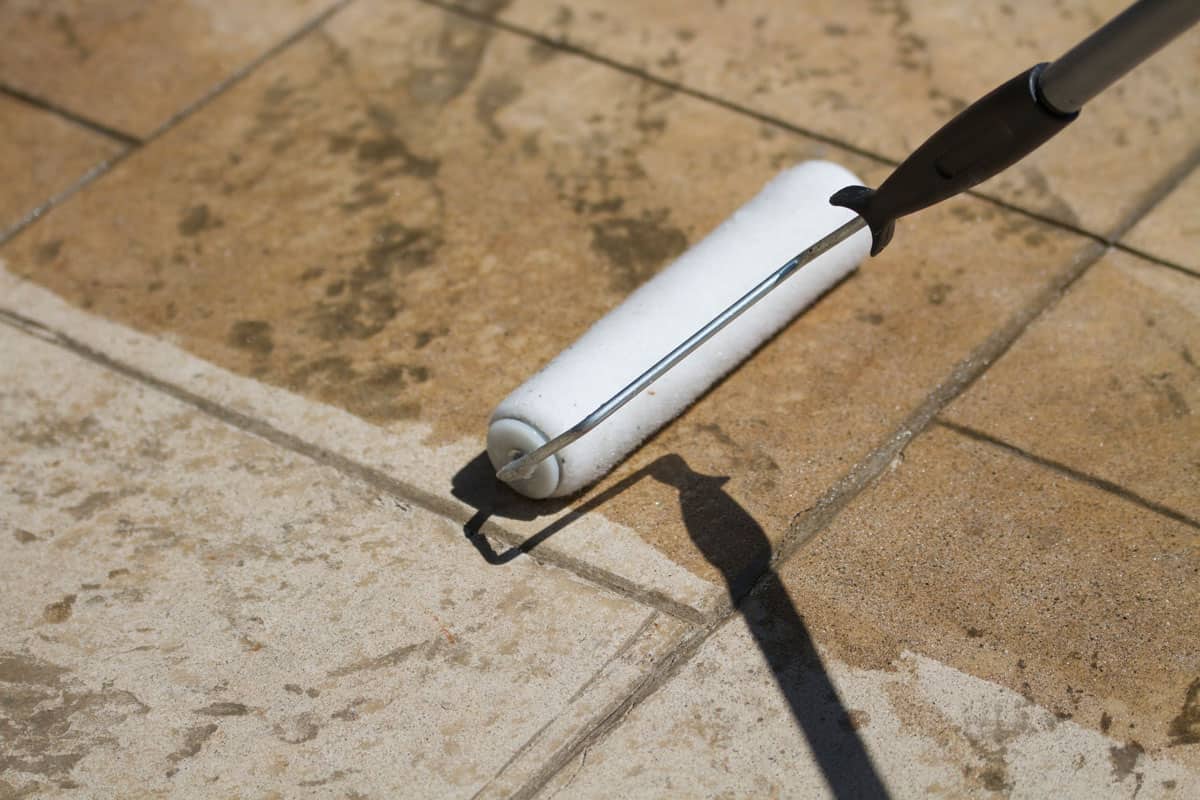
Sealing and polishing are two different processes that can be applied to protect concrete floors from stains, dirt, and water. These processes can also help to increase the lifespan of your concrete floor. It is essential to seal and polish concrete flooring because it prevents damage from ground moisture, spills, oil, grease, etc. It also protects the concrete from wear and tear.
These flooring procedures require a lot of work. To do this effectively, you will need the right equipment and skill. \
For more information about concrete flooring, check out these two insightful articles.
How to Paint Concrete Pavers [Including How to Stain]
Is Stamped Concrete Hard to Maintain? [And How Long Does it Last? ]



![Vibrant Red Paver Stone Path, Can You Spray Paver Sealer? [How To Apply It]](https://pavingplatform.com/wp-content/uploads/2022/04/Vibrant-Red-Paver-Stone-Path-600x400.jpg)
![Properly laid out red pavers for a garden, Can You Tint Paver Sealer? [And How To]](https://pavingplatform.com/wp-content/uploads/2022/04/Properly-laid-out-red-pavers-for-a-garden-600x400.jpg)
![Garden Patio in Backyard Stone Brick Pavers Hardscape Layout Design Top View, Does Paver Sealer Harden Sand? [How to Stabilize Sand & Prevent Erosion]](https://pavingplatform.com/wp-content/uploads/2022/04/Garden-Patio-in-Backyard-Stone-Brick-Pavers-Hardscape-Layout-Design-Top-View-600x400.jpg)